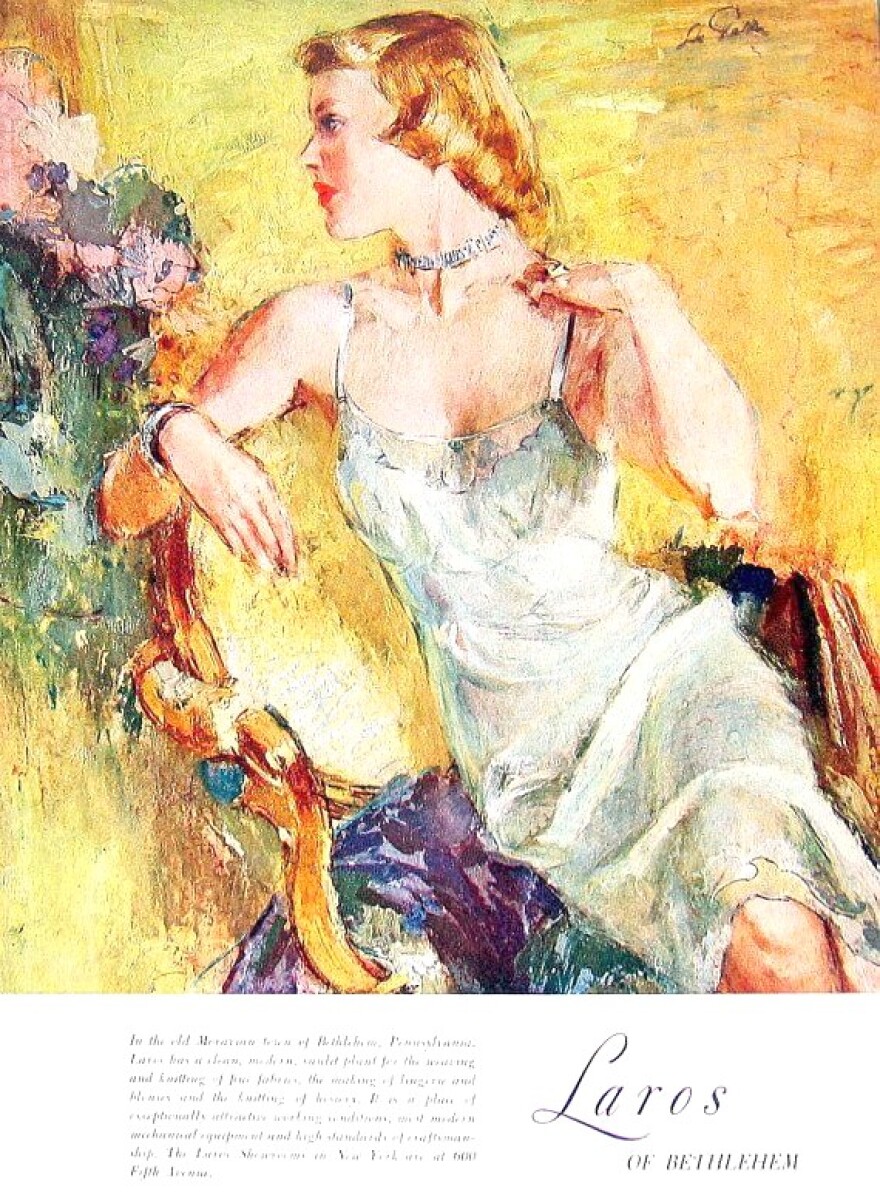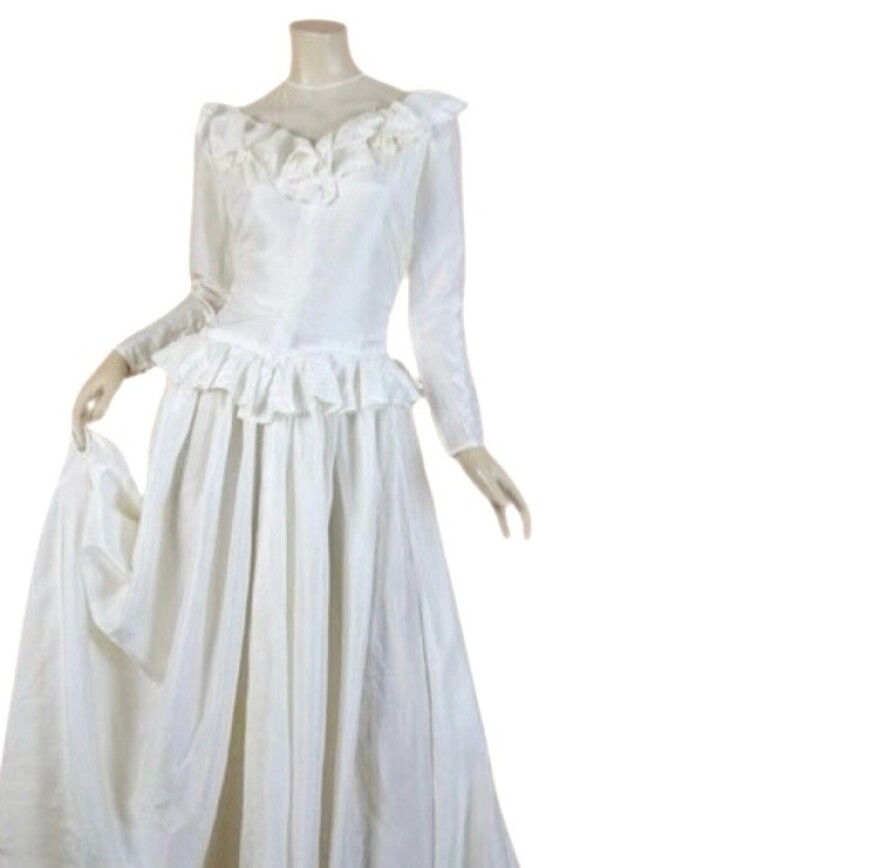BETHLEHEM, Pa. — You can unravel the history of silk in the Lehigh Valley at a series of exhibits coming soon.
"Unspun: Stories of Silk" will examine the local impact of the textile — from its beginnings with cocooning attics, where raw silk from silkworms was spun, to becoming a leader in the fashion industry in early 1900s.
The three-part exhibit, organized by Historic Bethlehem Museum and Sites, starts Thursday, June 1, at the Kemerer Museum of Decorative Arts, Moravian Museum, and National Museum of Industrial History.
- Historic Bethlehem Museum and Sites' 'Unspun: Stories of Silk' opens Thursday, June 1
- The three-part exhibit tells the story of the local impact of silk in the Lehigh Valley
- It will take place at the Kemerer Museum of Decorative Arts, Moravian Museum and National Museum of Industrial History
“Bethlehem is the perfect place to tell the story of silk in America,” said Lindsey Jancay, director of collections and engagement at Historic Bethlehem Museums and Sites.
“What began as an early experiment with the Moravians building one of the earliest communal (cocoons) in Pennsylvania, exploded into an industry that placed the Lehigh Valley in the center of a global silk market. This is a transformation best told through objects and the people involved."
Silk and a scandal
The exhibit begins at the Moravian Museum, 66 W. Church St., where visitors will find a replica of an attic cocoonery and learn about how the early Moravians experimented with the fabric.
A display of hands-on tasks including feeding silkworms, collecting cocoons, and spinning thread will demonstrate the responsibilities of the process.
The exhibit includes stories about Moravian women and silk, including two sisters who bestowed gifts to historical figures and a scandal that ended the silk cultivation for the early Moravians in the 1830s.
On display are artifacts from the Laros Silk Mills and its owners, Helen and R.K. Laros. (The Helen & R. K. Laros Foundation are sponsoring the exhibits).
Silk and fashion
The exhibit continues at the Kemerer Museum of Decorative Arts, 427 N. New St., with fashion and home accessories to view.
Long flowy dresses and undergarments, housewares, kimonos, kurtas and a silk wedding dress made from a parachute highlight silk's many uses.
The pieces are from Annie Kemerer's and the Laros' collections along with some on loan from the National Museum of Industrial History, the Industrial Archives and Library, the Moravian Archives, Moravian University and the Weitzman Museum of National American Jewish History.
The show also includes an installation featuring silk scarves designed by Bethlehem artist Barbara Schulman and students from Kutztown University's textile and weaving club.
Schulman and the club are also organizing a community weaving project where locals can partake in an art project using recycled silk and ribbons.
Fighting for worker's rights

The exhibition concludes at the National Museum of Industrial History at 602 E. Second St.
Visitors will learn the stories of the women who worked in the factories that produced silk products and fought for workers' rights.
What began as an early experiment with the Moravians building one of the earliest communal (cocoons) in Pennsylvania, exploded into an industry that placed the Lehigh Valley in the center of a global silk market.Linsay Jancay, Historic Bethlehem Museum and Sites
On display is machinery used in silk production stretching from the 1880s until the 1950s, when mills closed or switched to man-made fabrics.
There's plenty of time to check out the exhibits. They run through Jan. 28, 2024.
Joint tickets to all three exhibition sites are free to all Historic Bethlehem Museum and Sites and NMIH members, and children (6 and under); $30 for adults and $22 for children (ages 7-18). Cost includes admission to all exhibition sites.
For information, go to the Historic Bethlehem Museum & Sites website or call 610-882-0450.
An opening night reception at Kemerer Museum of Decorative Arts is set for 6 p.m. Thursday, June 1. A preview for Historic Bethlehem members begins at 5:30 p.m. Reception tickets are free to members and $15 for non-members, and include admission to the nearby Moravian Museum.


